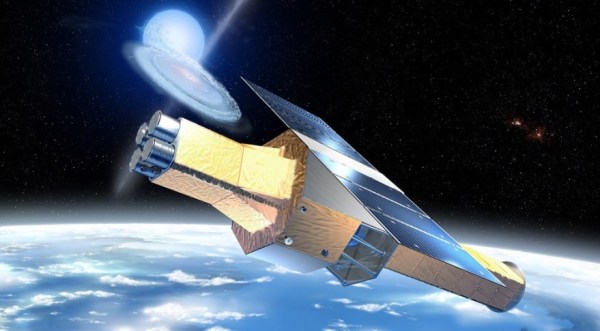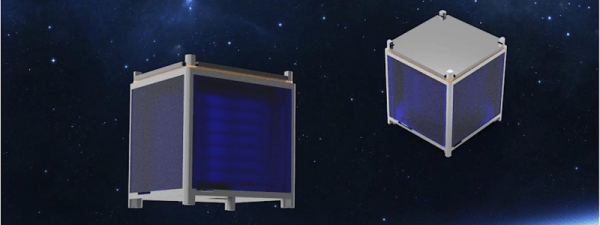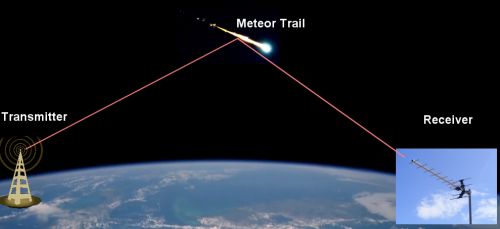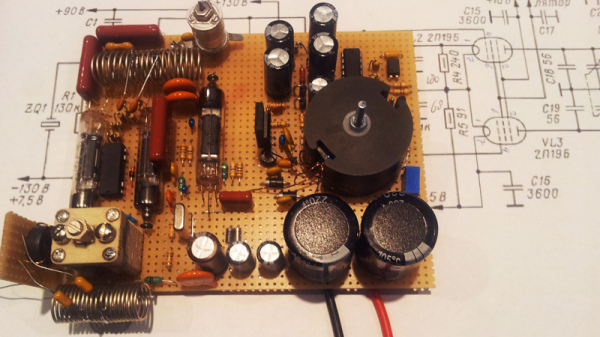Over the last couple of decades we have become used to the possibility of launching a satellite into orbit no longer being the exclusive preserve of superpowers. Since the first CubeSats were launched over a decade ago a myriad others have followed, and scarcely a week passes without news of another interesting project in this area.
OzQube-1 is just such a satellite, designed for imaging of the Southern Hemisphere, and it’s the brainchild of Australian [Stuart McAndrew]. He’s posted significant details of its design: it’s a PocketQube, at 50mm cubed, an eighth the volume of a CubeSat, and its main instrument is a 2 megapixel camera with a 25mm lens. Images will be transmitted to earth as slow-scan digital video via the 70cm amateur band, the dipole antenna being made from a springy tape measure which will unfurl upon launch. Attitude control is passive, coming from a magnet aligned to ensure the camera will be pointing Earthwards as it passes over the Southern Hemisphere. The project has a little way to go yet, but working prototypes have been completed and it has a Gofundme campaign under way to help raise the money for a launch.
There are plenty of Cubesat and other small satellite builds to be found on the web, here at Hackaday we’ve covered a significant number of them. Many of them are the fruits of well-funded university departments or other entities with deep pockets, but this one comes from a lone builder from Western Australia. We like that, and we wish OzQube-1 every success!
















